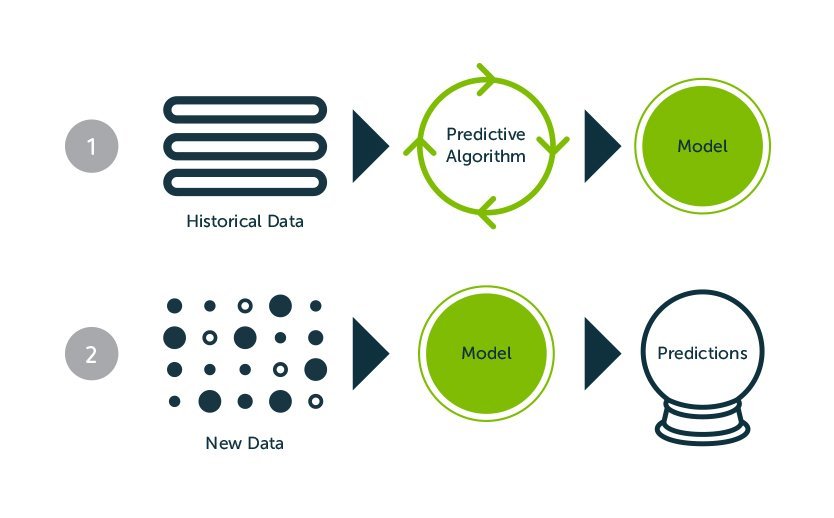Implementing Predictive Analytics Models for Businesses Challenges
31, December 2019
Implementing Predictive Analytics Models for Businesses Challenges
The past few years have witnessed a major development in data science, especially with regard to (Predictive Analytics) solutions, which have become one of the most important tools that help companies to shine in today’s market, as companies help to understand their customers and their needs, which helps decision-makers within companies to take effective decisions.
McKinsey’s research has revealed that the implementation of big data strategies has become a major reason for businesses’ growth and enhancing competitiveness, thanks to the improved process efficiency and the optimal use of resources.
The problem is that most companies, although they can collect data related to their customers’ behavior, there are few who can benefit from this data.
In order to efficiently handle the exponentially growing volume, variety, and velocity of data, storage must become lean and agile to facilitate constantly growing and evolving analytics. Systems must enable business users to easily locate and access relevant information and insights.
Equally important is the capability of developing understandable and interpretable analyses in order to derive action plans and create tangible business value.
Automated, data-driven decision support enables companies to make decisions based on future trends, risks and opportunities and so stay ahead of competitors. The use of data and analytics to drive innovation and mitigate risks has become an important asset. In response to this development, IT leaders anticipate the greatest increase in budget allocation for 2019 to be related to analytics.

There are some challenges that companies are facing when it comes to building models of predictive analysis, including:
-
Attention to the Quality of Data:
Companies are facing problems of data integrity, because the data that needs to be analyzed comes from many sources, in a variety of different formats, and there is a greater challenge which is unreliable data, since big data is not 100% accurate, not only because it can contain false information, but because it can be frequent, and also may contain inconsistencies. This leads to unreliable results and incorrect conclusions based on the erroneous analysis.
-
The solution:
The business intelligence system must be built, as each stage of data collection, storage and processing are done automatically, which prevents human errors.
-
Limited data usage:
Despite the tremendous development of marketing models that predict customer behavior, companies train their models on internal data only thus, models are isolated from the outside world.
The predictions created by these models cannot be accurate, as they operate as if they are present in the market, and do not depend on competitors’ analysis, demand trends, etc., so all these factors must be included in creating predictive models.
-
Underestimating the real value of predictive analytics:
Leading companies can only collect ideas from their data, but for most companies, the true value of forecasts remains unclear, however, you should start to rely on data-based marketing, even if you don’t know how to do it in an ideal way. Within a year you will have a solid foundation to start building a model or trying another predictive method. You will be familiar with your data and see that making decisions about your advertising budgets based on expectations is more effective.






























